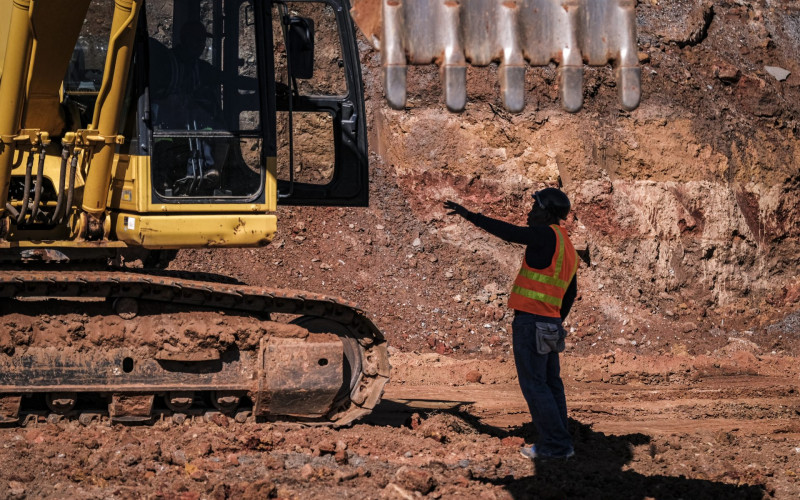The government acknowledges the principles of integrated water resources management (IWRM), but this is largely rhetorical. Water management is still centralised and stakeholder participation is often non-existent. The 1991 National Water Master Plan (NWMP) and its 2006 Review (NWMPR) have guided water resource management. In 2013, an WRM-water efficiency (IWRM-WE) plan was approved with a detailed action programme. These reforms aim to separate the institutional responsibilities for water provision, management and regulation; review finances, tariffs and subsidies; and review water policy and legislation. However, implementation has been slow. The 2012 draft water policy awaits approval by Parliament and the Water Act has not been revised since its enactment in 1968. Without these institutional arrangements, future water supplies will likely be jeopardised. This policy briefing describes and analyses Botswana’s water governance structure. It argues that institutional reform in demand management and conservation is crucial to ensure a sustainable supply of water.
Co-author: Tshepo Setlhogile







